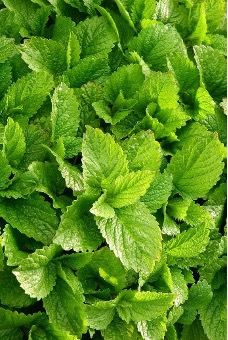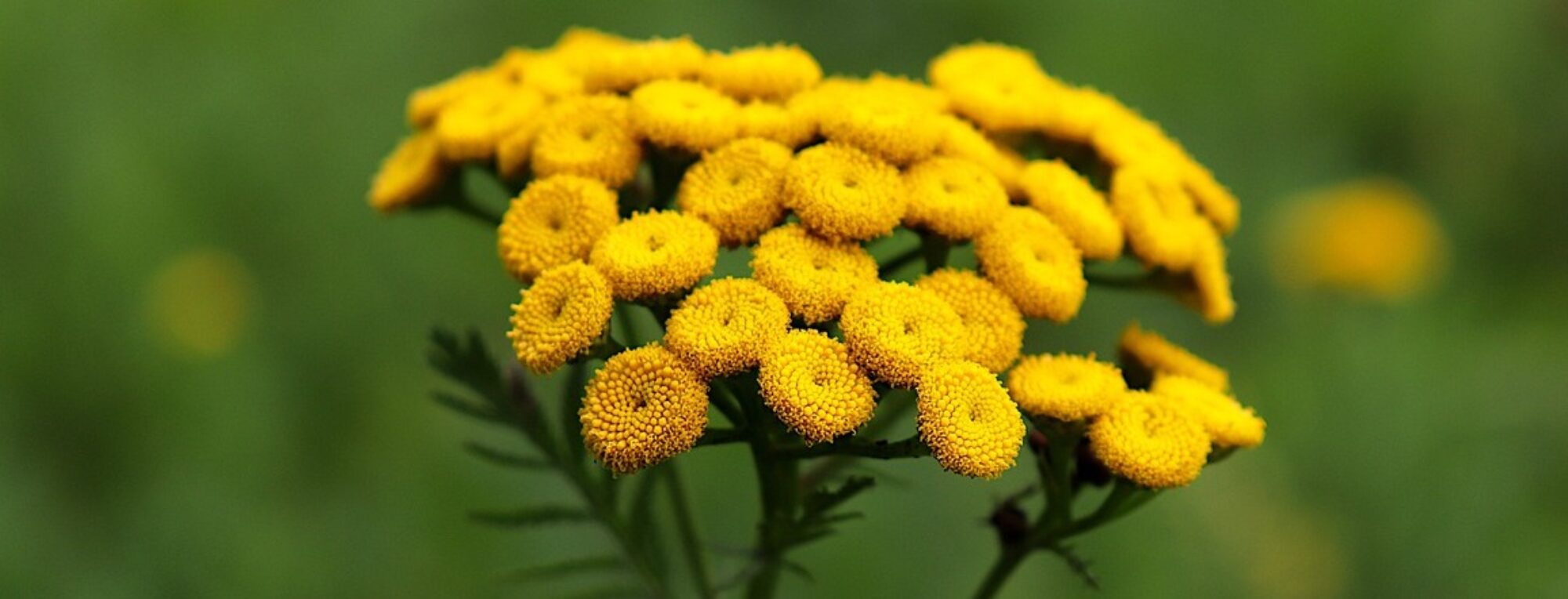
English name: Lemon Balm
Family: Lamiaceae
Botanical characteristic: The perennial herb with a spreading quadrangular stem, reaching up to 1 m in height. The leaves are ovate, oppositely arranged, serrate at the edges, and emit a characteristic lemon scent. The leaf blade is deeply green on the upper side and lighter on the underside. White flowers emerge in the leaf axils, arranged in whorls. The fruit is a small dry multi-seeded divisible fruit (lat. carcerulus). The plant is covered with glandular trichomes.
Microscopic drawing:

Distribution: It originally comes from the Mediterranean region. In Slovakia, it is grown in gardens and agricultural areas.
Drug: Melissae folium, M. herba
Harvesting method: The leaves of lemon balm are harvested just before flowering using gardening scissors. Damaged leaves are sorted out.
Drying: The leaves of lemon balm are dried naturally in a thin layer, in a dark and well-ventilated room. The stems can be tied into bundles and hung against gravity. Alternatively, artificial drying of leaves and stems can be done in a dryer, where the temperature should not exceed 35°C.
Active substances: Lemon balm contains essential oil, which is the carrier of its characteristic lemon scent. The essential oil is composed of substances such as citral, citronellal, citronellol, geraniol, linalool, caryophyllene, and germacrene. The plant also contains tannins, flavonoids, and organic acids, with a dominance of rosmarinic acid.
Uses: The drug demonstrably possesses calming effects, which are its most common indications. Lemon balm can be applied in cases of nervous stomach, intestinal, and heart discomfort of nervous origin. It is also used for its spasmolytic effects and aids in relieving flatulence.
Traditional method of use in indications determined solely on the basis of long-term use:
– alleviation of symptoms of psychological stress, exhaustion and sleep support,
– symptomatic treatment of mild complaints of the gastrointestinal tract, including flatulence and bloating.
Selected herbal preparations: AGROKARPATY Organic Lemon Balm Herbal Tea 20×2 g, APOTHEKE Organic Children’s Herbal Tea for Good Digestion infusion bags 20×1.5 g, Barny’s HypnoX Complex MELATONIN capsules 30 pcs, Bloom Robbins STRESS no more chewing gum 60 pcs, GREŠÍK HERBAL DROPS FOR SLEEP 50 ml.
